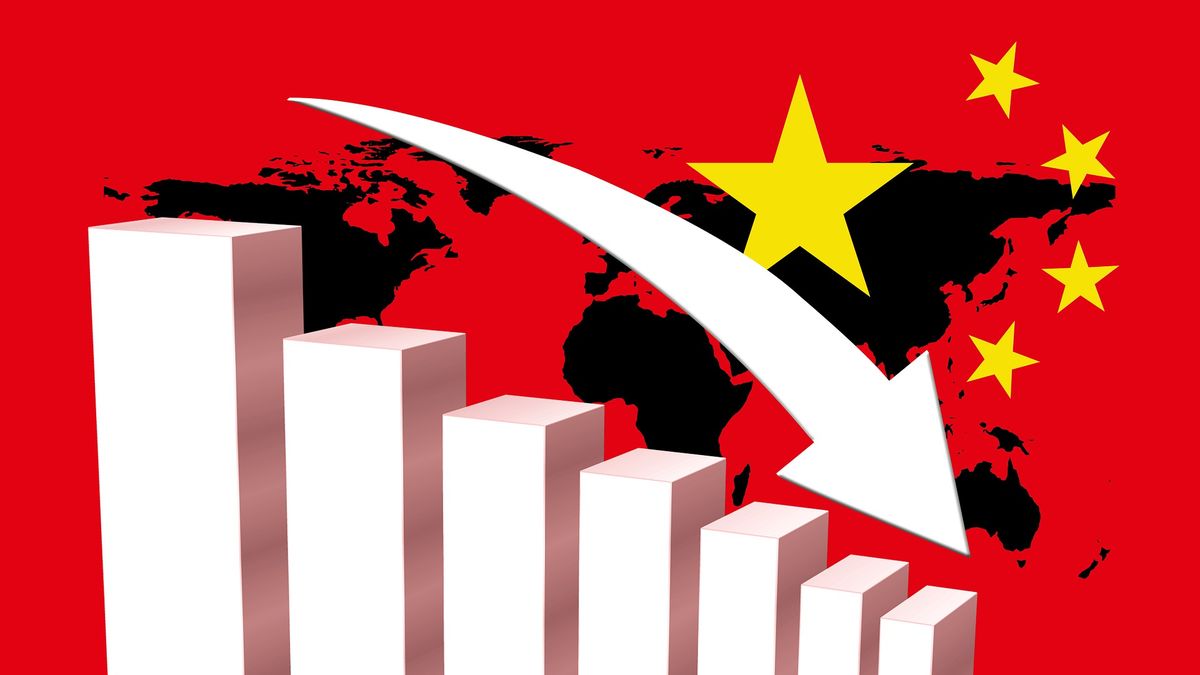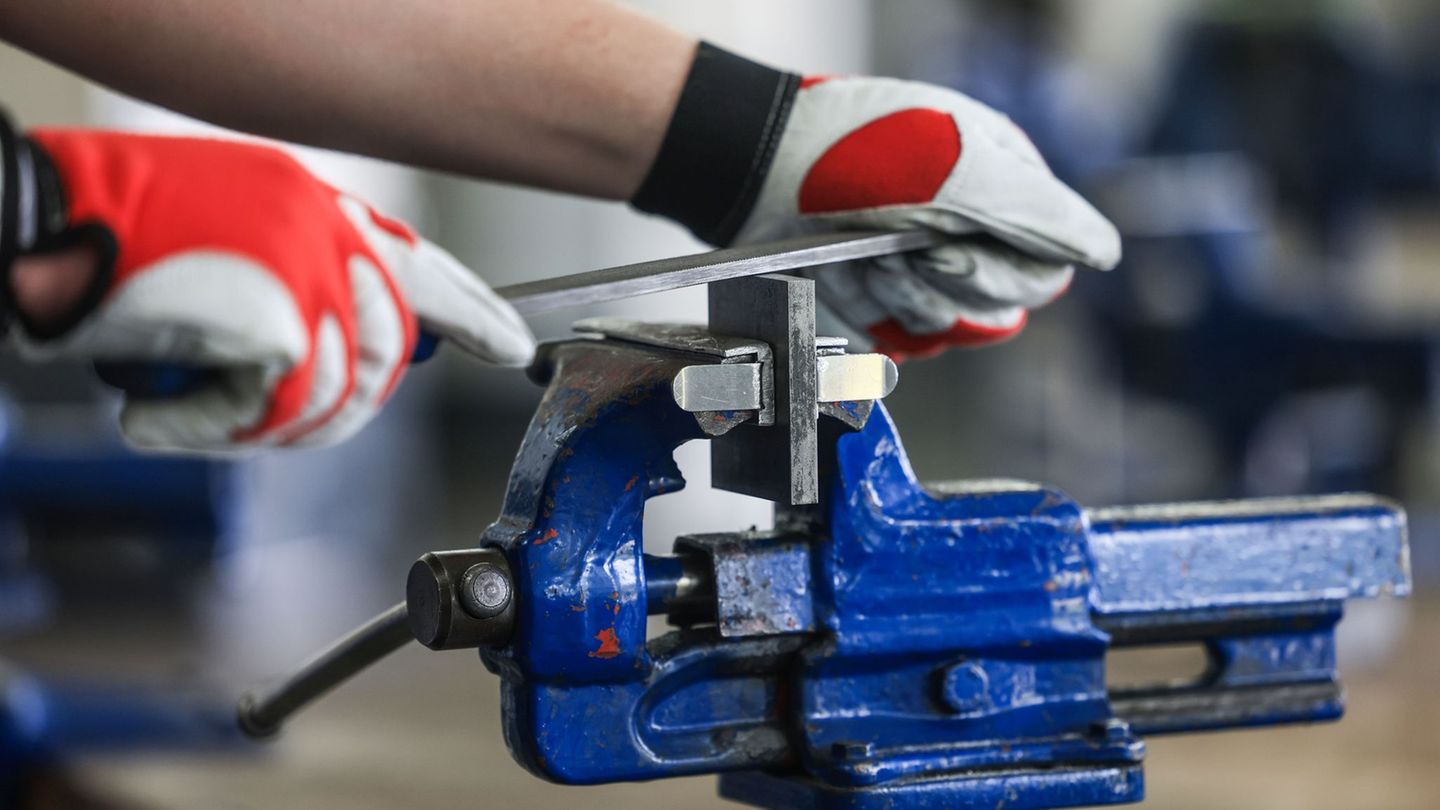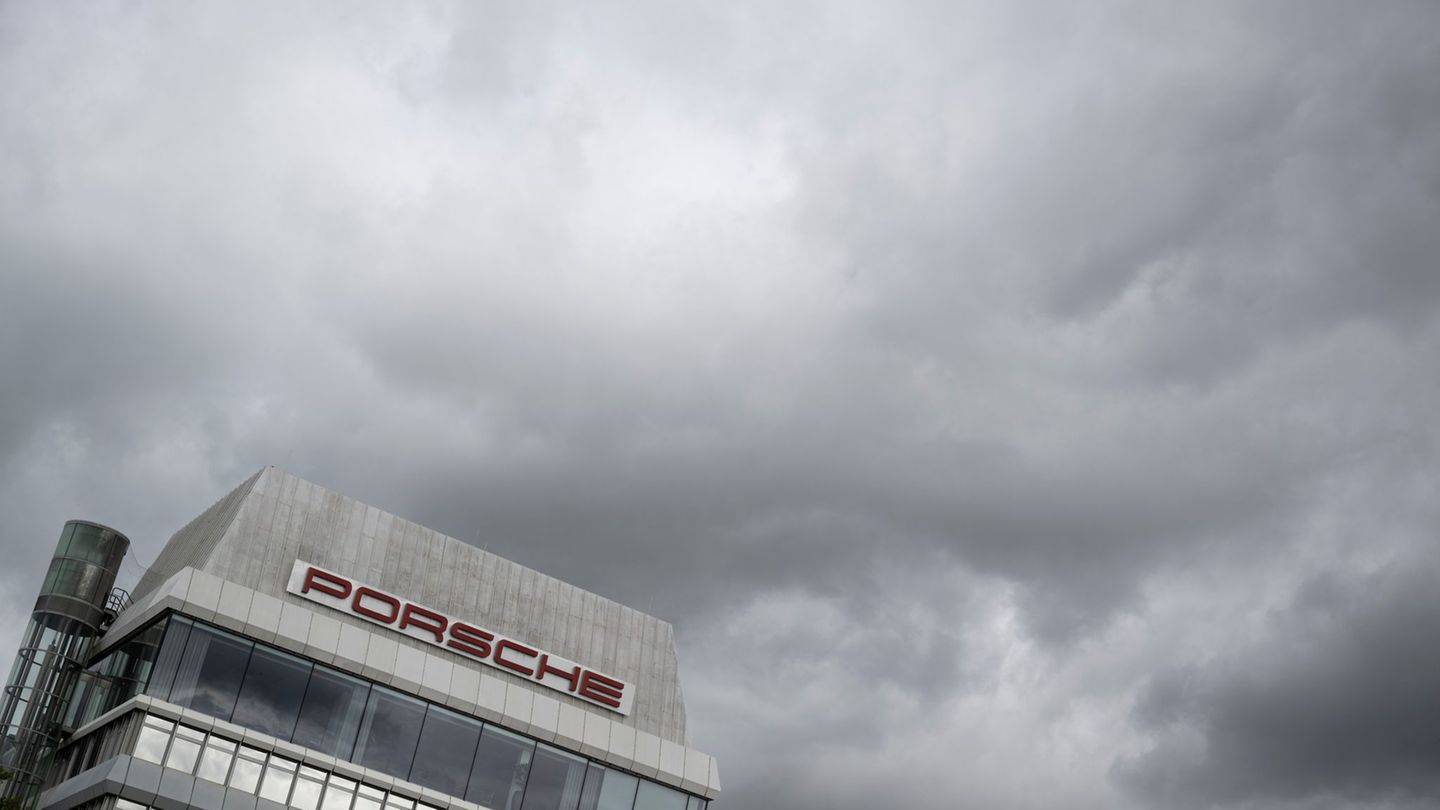Retail sales increased 5.1% year -on -year in April, Below analysts’ estimates They expected a growth of 5.5%, according to a Reuters survey. In March, sales had grown 5.9%. Industrial production rose 6.1% year -on -year in Aprilexceeding the expectations of analysts of an increase of 5.5%, although below the 7.7% jump recorded in March, indicating that the impact of US tariffs was not as severe as it was expected.
“We must be aware that there are still many unstable and uncertain factors in the external environment,” said the statistics office. “It is necessary to consolidate the basis for a sustainable economic recovery.”
Investment in fixed assets during the first four months of the year, which includes investments in property and infrastructure, increased 4.0%, slightly below the expectation of a growth of 4.2% projected in the Reuters survey.
The urban unemployment rate in April dropped to 5.1% from 5.2% in March, at a time when the commercial war between the US and China had made economists warn about possible substantial losses of employment in China.
The context of mixed data
The US president, Donald Trump imposed 145% tariffs on imports from China that entered into force in April, while Beijing responded with 125% levies to US imports.
When answering questions about the impact of the current commercial conflict with the US, the Statistics Office spokesman Fu Linghui, highlighted Beijing’s efforts to diversify its exports to other regions, noting that April’s commercial figures demonstrated a general resilience.
Chinese exports shot more than expected in April, since an increase in shipments to Southeast Asian countries helped compensate for a strong fall in goods exported to the US.
In April, shipments to the US collapsed more than 21% year -on -year. In the first four months of the year, Chinese exports to the US fell 2.5%, according to customs data. Fu added that the recent mutual reduction of tariffs would benefit the trade of both parties, although he warned that domestic demand, andThe consumption was nucuted, it was still lacking impulse.
Car sales grew just 0.7% year -on -year last month, compared to the 5.5% increase in March, despite an expanded program that subsidizes consumers and companies to renew vehicles and other selected products, such as smartphones and appliances.
Chinese economy
China: consumption cools, industry resists and exports raffle tariffs.
Depositphotos
Within the investment in fixed assets, the burden of the real estate sector worsened, with a 10.3% drop so far this year until April.
The real estate sector continues to cross a period of “adjustment” and the pressure in the sector remains elevated in certain regions, said Fu.
A set of official data published on Monday by the same office showed that the prices of the housing existing in 70 large cities registered their fastest fall since last November, according to Larry Hu, head of Economics of China in Macquarie.
China’s CSI300 index fell 0.39%, while Yuan Offshore remained practically unchanged, at 7,2133 per dollar.
Prudent growth reviews
The fears of the commercial war have decreased after a meeting of commercial representatives of the USA and China in Switzerland at the beginning of the month led to a set of lower tariffs between the two largest economies in the world. Beijing and Washington agreed to reverse most tariffs for 90 days, leaving room for new negotiations that make a more durable agreement.
That led to several global investment banks to raise their economic growth forecasts for China this year, while reduced the expectations of a more aggressive fiscal stimulus, since Beijing strives to achieve its growth objective of around 5%.
Nomura raised its Chinese GDP growth forecast for the quarter that ends in June 4.8% from 3.7%, thanks to the solid economic data in April, and increased its growth projection for the entire year to 3.7% from 3.5%.
The average volume of container reservations seven days until May 14 was shot 277% compared to the week that ended the 5th, Xie said, citing data from the Vizion container monitoring software supplier.
The Chinese government has applied a series of stimulus measures to boost consumption in different sectors, support companies affected by tariffs and strengthen employment.
Earlier this month, the Popular Bank of China announced a 10 basic points cut in the reverse repurchase rate to seven days, which went from 1.5% to 1.4%. According to the governor of the Central Bank, PAN GongSheng, that will reduce its main type of reference by about 10 basic points, the preferential loan rate (LPR).
The PBOC is expected to announce on Tuesday the LPR at one and five years corresponding to May.
Source: Ambito




